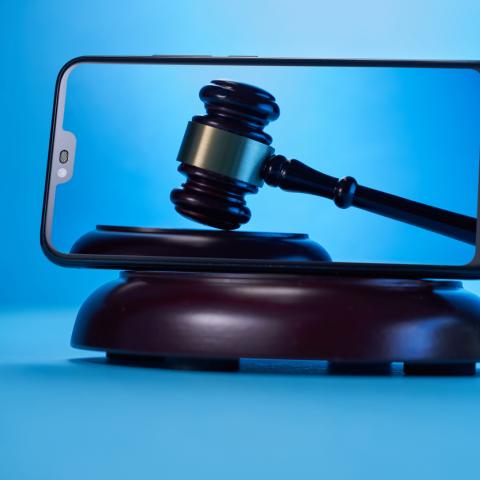Will Apple's Vision Pro Headset push us all into the Metaverse?

The Metaverse, a virtual realm where people can interact with each other, work together and play games, has generated both excitement and scepticism. Part of the problem is that people struggle to define what it is and, by extension, how it can be used (to try and answer this question, SEC Newgate is hosting a panel event called Understanding the Metaverse on 15 June). Are we ready to abandon physical meetings or conference calls to meet in the Metaverse? Will people be willing to transact in a virtual space?
In Silicon Valley, the Metaverse is definitely seen as the future. In 2021, Mark Zuckerberg announced that Facebook would change its name to Meta and go all in on the "metaverse". By the end of 2022, Meta had lost more than 60 per cent of its value and shed thousands of jobs as it poured more money into the Metaverse, with many investors doubting the shift.
To access the Metaverse, you need hardware - a VR headset. There are a growing number of headsets on the market. Meta has Quest Pro, Lenovo has ThinkReality VRX , and there is the Oculus Rift. Take up of headsets has been growing, but many observers were waiting for Apple to enter the market, which they did this week with the unveiling of the Apple Vision Pro headset. The tech world is hoping that Apple could do to the Metaverse what the iPhone did to the phone business.
This hope is because of Apple's reputation for user-friendly and intuitive products. They believe that this history will attract a broader audience to the Metaverse. Apple products work seamlessly with other Apple products, so there is a huge global base of potential adopters ready to take the leap. Part of Apple's presentation about the headset focused on how users could seamlessly transition between the physical and virtual worlds and access familiar products like FaceTime.
The headset certainly looks incredible and includes typical Apple flourishes. For example, it has no controllers, with users having to use their hands instead (which are tracked by cameras). However, it only has a two-hour battery life which is a familiar Apple frustration.
It is likely that Apple's extensive developer ecosystem will be the thing that drives adoption by producing exciting new apps and content. The CEO of Disney attended the unveiling of the product. Bob Iger promised the studio would be throwing its weight behind the project with Disney Plus on the headset and committed to developing more VR content.
With a vast community of skilled developers and content creators, and by enhancing the user experience, Apple's headset can attract a bigger audience to the Metaverse than other companies, by breaking down barriers that hindered previous devices. It will feel more familiar than other devices as it will have a look and feel users already know.
While the Vision Pro headset might offer a more compelling metaverse experience, its high price could hinder widespread adoption. It will go on sale in the US next year for $3,499 (£2,899). This will deter many individuals and businesses from investing in the device, especially if additional costs exist to access metaverse-specific content and apps.
However, Apple has a history of gradually reducing prices and releasing more affordable iterations of its products over time. The first year will likely get developers thinking and working to create an even more compelling proposition.
Apple's Vision Pro headset has the potential to transform the Metaverse from a concept into a widely embraced reality. With its emphasis on user experience, strong developer ecosystem, seamless integration with existing Apple devices, and the promise of business integration, Apple's entry into the Metaverse market could well be the thing that drives adoption as the Metaverse begins to revolutionise our lives.










